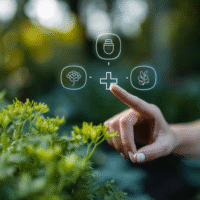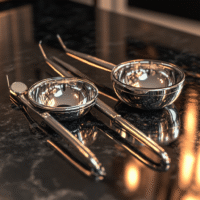Understanding the Study on Bladder Training with a Mobile App
This study looked at how a mobile app for bladder training can help women with overactive bladder (OAB). OAB can make daily life and sexual satisfaction difficult for many women. The goal was to see if using this app could improve their quality of life.
What Happened in the Study?
Researchers worked with 100 women who have OAB. They split the women into two groups:
- Mobile App Group: Used the bladder training app.
- Control Group: Did not use the app.
After three months, the results showed:
- The women using the app reported a better quality of life.
- Sexual satisfaction improved for both themselves and their partners.
- Women liked using the app and wanted to keep using it.
- No negative side effects were reported.
What Does This Mean for Patients?
This study suggests that using a mobile app for bladder training can help women with OAB feel better in their daily lives and improve their sexual satisfaction. It offers a new way to manage OAB without medication.
How Can Clinics Use These Findings?
Hospitals and doctors can:
- Introduce the mobile app to patients with OAB.
- Encourage women to try the app as a part of their treatment plan.
- Monitor patient progress and satisfaction with the app.
What Should Clinics Track?
Clinics should keep an eye on:
- Improvements in quality of life scores.
- Changes in sexual satisfaction levels.
- Patient feedback on app usability and engagement.
AI Tools That Can Help
Clinics might consider using AI tools that can:
- Analyze patient data to personalize app usage.
- Provide reminders and support through chatbots.
Step-by-Step Plan for Clinics
Here’s how clinics can start using this mobile app:
- Start Small: Introduce the app to a few patients first.
- Gather Feedback: Ask patients how they feel about using the app.
- Monitor Results: Track improvements in quality of life and satisfaction.
- Expand Use: If successful, offer the app to more patients.
For more details about the research, you can visit this link.


























